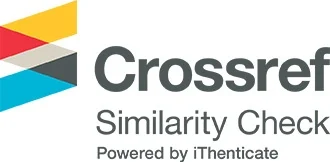Evaluation of Pregnant Women Attitude Toward OTC Medications Use; A cross Sectional Study Conducted in Azawia Libya
DOI:
https://doi.org/10.65137/lmj.v6i1.103Abstract
Objective: Safety is one of the most important characteristics of over the counter medications (OTCs); however, does this safety profile extend to women during pregnancy or not. this is questionable, as the safety of some medications may change according to the gestational age of the foetus. Around 10 % or more of birth defects result from maternal drug exposure, the U.S. Food and Drug Administration has assigned a risk category to each drug. Many drugs have not been evaluated in controlled trials and probably will not be, because of ethical considerations.
Aim: This study was designed to aware and assesses the use, knowledge and beliefs about OTCs among pregnant women in Azawia city in Libya, by using a cross sectional survey performed by using a self- administrated questionnaire.
Results and Conclusion: Majority of the pregnant women are used OTC medicines at least one time during their pregnancy, however most of the participants don’t believe in the safety of these non-prescription drugs as well as herbal products (92%, 86% respectively). Vitamins and minerals were the most used medicines during pregnancy (83% for folic acids, 51% for Iron). Most of pregnant women in this study were aware about the use of analgesics (13% for paracetamol). These findings were an indicator to the low level of knowledge and information about the use of OTCs where the pharmacists should improve their counselling skills and their new roles regarding health promotion and pharmaceutical care.Â









